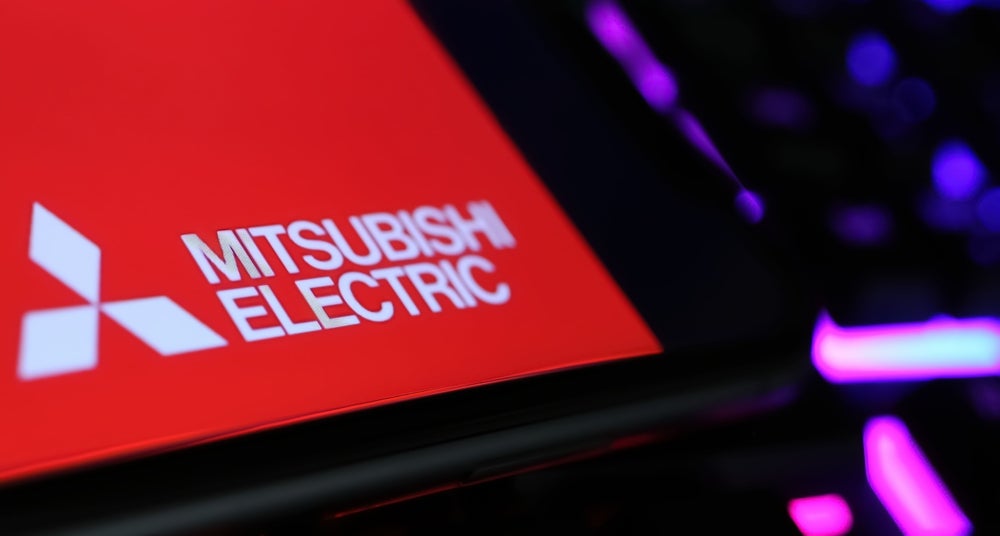Taiwan Semiconductor Manufacturing has been granted a patent for a semiconductor device featuring a first gate electrode, two conductive contacts of differing widths, and an etch stop layer. The design includes a unique physical contact between the convex bottom surface of the second contact and the concave top surface of the first. GlobalData’s report on Taiwan Semiconductor Manufacturing gives a 360-degree view of the company including its patenting strategy. Buy the report here.
According to GlobalData’s company profile on Taiwan Semiconductor Manufacturing, 3D memory devices was a key innovation area identified from patents. Taiwan Semiconductor Manufacturing's grant share as of June 2024 was 70%. Grant share is based on the ratio of number of grants to total number of patents.
Semiconductor device with multiple conductive contacts and etch stop layer
The patent US12046677B2 describes a semiconductor device featuring a unique configuration of gate electrodes and conductive contacts designed to enhance performance and integration. The device includes a first gate electrode and a second gate electrode situated on a substrate, with corresponding conductive contacts that exhibit distinct geometrical relationships. Notably, the first conductive contact is positioned on the first gate electrode, while a second conductive contact extends through an etch stop layer (ESL) and physically interacts with the first conductive contact. The design incorporates convex and concave surfaces that facilitate direct contact between the conductive elements, optimizing electrical connectivity. Additional claims detail variations in the dimensions and materials of the conductive contacts, such as cobalt and tungsten, and the relationship between the first and second gate electrodes.
Moreover, the patent outlines a method for fabricating the semiconductor device, which involves forming gate contacts within a dielectric layer, followed by the deposition of an ESL. The process includes dry etching to create openings for the gate contacts, which are subsequently wet etched to extend these openings before filling them with conductive material. This method emphasizes the removal of residual regions formed during the etching process and specifies the use of water-soluble metal fluorides. The filling of the openings is performed without the need for barrier or adhesion layers, ensuring a direct and efficient connection. The claims also highlight the convex nature of the openings post-etching, which contributes to the overall structural integrity and performance of the semiconductor device.
To know more about GlobalData’s detailed insights on Taiwan Semiconductor Manufacturing, buy the report here.
Data Insights
From

The gold standard of business intelligence.
Blending expert knowledge with cutting-edge technology, GlobalData’s unrivalled proprietary data will enable you to decode what’s happening in your market. You can make better informed decisions and gain a future-proof advantage over your competitors.





